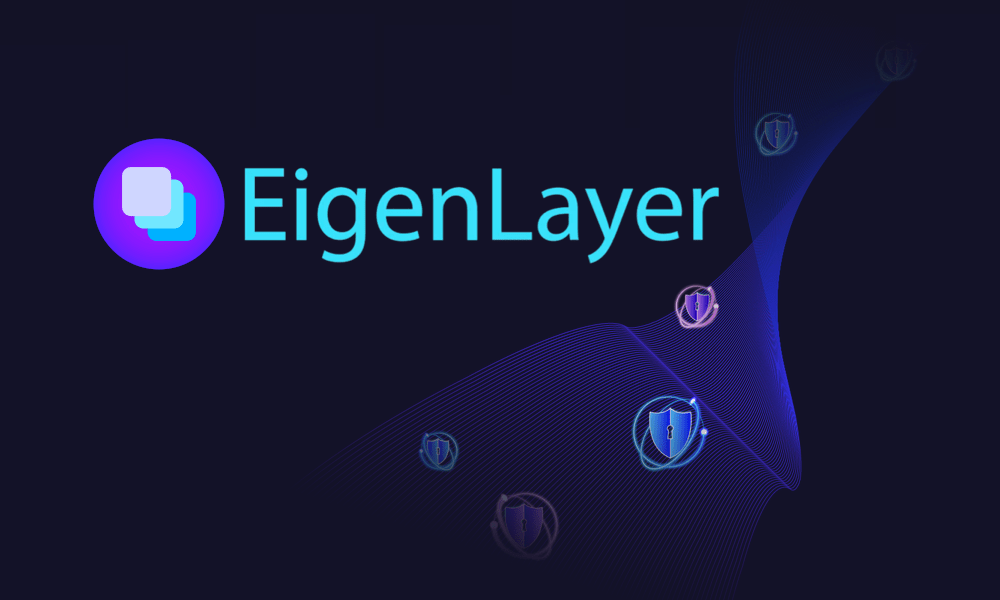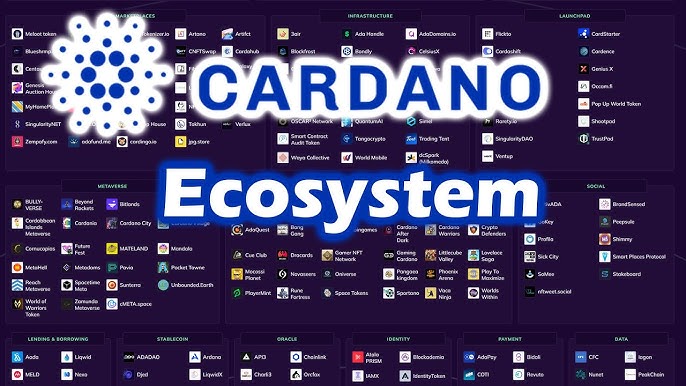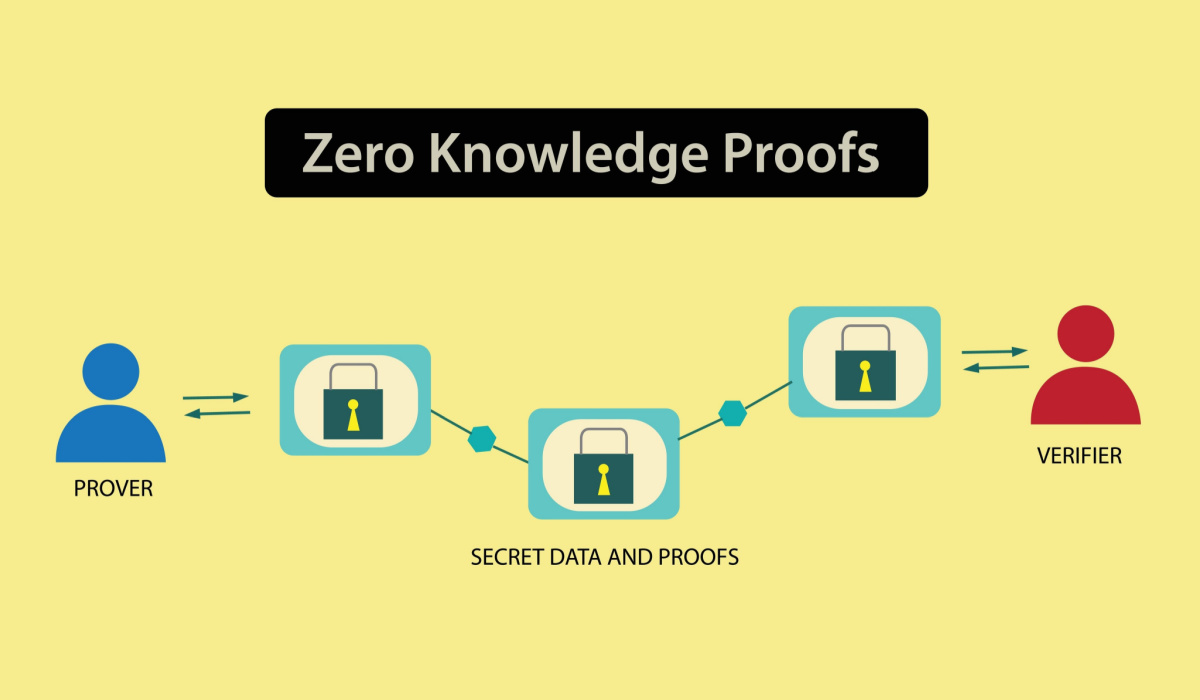🔗 Blockchain Scalability: Challenges, Solutions, and the Road Ahead
Blockchain scalability refers to a network’s ability to handle an increasing number of transactions efficiently as usage grows. It’s one of the most critical aspects of blockchain technology, especially as decentralized applications (dApps), cryptocurrencies, and enterprise adoption continue to rise.
In this article, we’ll explore the concept of scalability in detail — including what it means, why it matters, the challenges blockchain networks face, and the different solutions being implemented across the ecosystem.
📌 What Is Blockchain Scalability?
Scalability in blockchain refers to a network’s capacity to grow and manage increasing demand, particularly in terms of transactions per second (TPS), data storage, and node performance. A scalable blockchain is one that can expand its throughput without compromising security or decentralization.
For example, Bitcoin processes around 7 TPS, while Ethereum (pre-upgrades) handled around 15-30 TPS. In contrast, traditional payment networks like Visa can process up to 24,000 TPS. This disparity highlights the urgency for scalable blockchain infrastructure.
⚠️ Why Is Scalability Important?
As blockchain adoption grows across sectors like finance (DeFi), gaming, supply chain, and healthcare, networks must support:
- A high volume of users
- Fast and low-cost transactions
- Complex smart contract execution
- Global enterprise-level applications
Without scalability, users may experience network congestion, slow confirmations, and high gas fees, ultimately driving users away to more efficient competitors or centralized systems.
🧱 The Blockchain Trilemma
Proposed by Ethereum co-founder Vitalik Buterin, the Blockchain Trilemma states that a decentralized network can only optimize two of three core components at once:
- Decentralization
- Security
- Scalability
For example:
- Bitcoin prioritizes security and decentralization, but sacrifices scalability.
- Some newer chains prioritize scalability, but often at the expense of decentralization.
This trilemma makes scalability a particularly hard nut to crack.
🔍 Current Scalability Challenges
1. Consensus Mechanism Limitations
Proof of Work (PoW) networks like Bitcoin are secure but slow due to mining difficulty and block size limits.
2. Block Size and Time
Larger blocks = more transactions, but also increase risks of centralization and orphaned blocks. Smaller blocks = less throughput.
3. High Fees During Congestion
In networks like Ethereum, gas fees can surge during peak times, making small transactions unfeasible.
4. Storage and Node Synchronization
As blockchains grow, so does the size of the ledger. Full nodes require more storage and bandwidth, making decentralization harder.
🚀 Scalability Solutions
To overcome these challenges, developers have come up with multiple Layer 1 and Layer 2 solutions.
🌐 Layer 1 (Base Layer) Solutions
These involve changes to the blockchain protocol itself.
🔹 1. Sharding
- Splits the blockchain into smaller parts (“shards”).
- Each shard processes its own transactions and smart contracts.
- Planned as part of Ethereum’s long-term roadmap.
🔹 2. Consensus Upgrades
- Moving from PoW to Proof of Stake (PoS), as Ethereum did with The Merge, allows for more efficient block production and less energy use.
🔹 3. Block Size Adjustments
- Increasing block size (e.g., Bitcoin Cash) allows more transactions per block — though it may centralize mining.
🧭 Layer 2 (Off-Chain) Solutions
These build on top of Layer 1 to handle transactions more efficiently.
🔹 1. State Channels
- Allow two parties to transact off-chain and only settle the final state on-chain.
- Fast and low-cost (e.g., Lightning Network for Bitcoin).
🔹 2. Sidechains
- Independent blockchains pegged to the main chain.
- Transactions occur on the sidechain, easing mainnet congestion (e.g., Polygon for Ethereum).
🔹 3. Rollups
- Bundle hundreds of transactions into one and post it to the main chain.
- Two types:
- Optimistic Rollups (e.g., Optimism, Arbitrum)
- Zero-Knowledge (ZK) Rollups (e.g., zkSync, StarkNet)
Rollups maintain security while drastically improving throughput and lowering fees.
💡 Other Innovations Supporting Scalability
🔸 Modular Blockchains
Separate the core functions of a blockchain (execution, consensus, data availability) into distinct layers. Example: Celestia, EigenLayer.
🔸 Interoperability Protocols
Allow blockchains to communicate and share load. Example: Cosmos IBC, Polkadot parachains.
🔸 Application-Specific Blockchains (AppChains)
Custom blockchains designed for a single application — e.g., games or DeFi apps. Used in Cosmos, Avalanche, and Substrate ecosystems.
📊 Real-World Examples
✅ Ethereum
- Transitioned from PoW to PoS via The Merge.
- Integrating Danksharding and Rollups for scalability.
✅ Solana
- High TPS (up to 65,000) due to Proof of History (PoH) and parallel transaction processing.
- Trade-off: occasional network instability.
✅ Polygon
- Ethereum-compatible sidechain and rollup ecosystem.
- Offers low fees and fast transactions for dApps.
🤔 Is More Scalability Always Better?
Not always. Greater scalability can compromise decentralization or security if not implemented carefully. Projects must find the right balance depending on their goals.
Example:
- A financial dApp may prioritize security over scalability.
- A gaming platform may need scalability more than decentralization.
🛣️ The Future of Blockchain Scalability
🔮 Trends to Watch:
- Hybrid Layer 1/Layer 2 Architectures
- Data availability layers (e.g., Celestia)
- Rollup-centric roadmaps (especially on Ethereum)
- Cross-chain composability via bridges and messaging protocols
📈 Scalability Metrics to Monitor:
- Transactions Per Second (TPS)
- Finality Time
- Cost Per Transaction
- Network Uptime
- Validator Participation
✅ Conclusion
Blockchain scalability is not just a technical issue — it’s a fundamental requirement for mass adoption. Without it, decentralized networks will struggle to compete with centralized alternatives that offer superior speed and user experience.
Fortunately, the space is moving rapidly. From Layer 1 upgrades like sharding to Layer 2 innovations like rollups, blockchain networks are evolving to meet the needs of tomorrow’s users and applications.
If you’re an investor, developer, or enthusiast, keeping up with scalability solutions is essential to understanding the long-term potential of any blockchain project.




